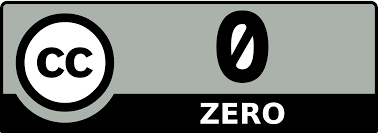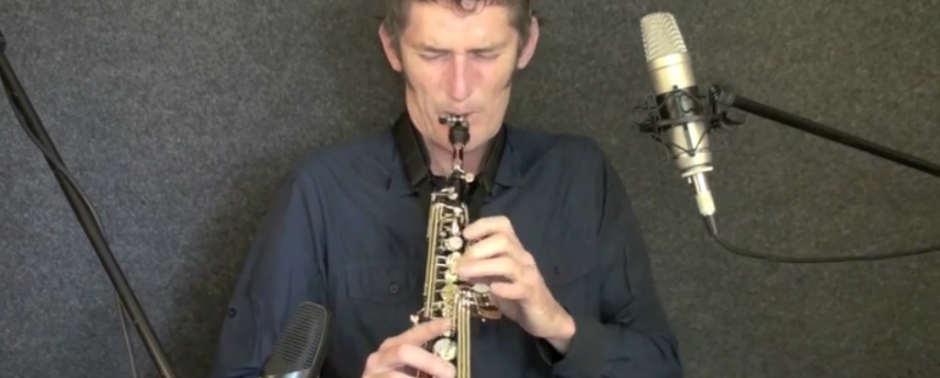24-TONE SCALE ON SAXOPHONE (by Tony Hicks)
Tony Hicks demonstrates the 24 tone scale and plays a free improvisation demonstrating the use of this extended tonality in the video below. When I saw it, I knew it was something special.
“My journey along the path to abstraction began four years ago when two unconventional professional collaborations, Crossing Roper Bar and Heretics Brew, challenged me to look beyond the conventional contemporary jazz vernacular in search of more contextually appropriate improvisation vocabularies. A range of atonal, microtonal and extended techniques began to emerge that expanded my musical conceptions and woodwind facility. Later, within the abstract electronic sound environment of the Expose Project, conventional musical vocabularies were deconstructed and instruments came to be viewed as generators of sound and texture rather than melody. I discuss amplification and recording techniques that facilitated the integration of a range of extraneous mechanical noises and sound field manipulations into the work. Instrument selection within the project is examined in relation to the evolution of these new vocabularies, and further insights gained through a deeper examination of evolving abstract expressions on the three instruments most commonly played in the project. Audio recordings illustrate this developmental process.“
From Tony Hicks’ Masters Research thesis: “The path to abstraction: a practice led investigation into the emergence of an abstract improvisation language.“
For most saxophone players a 24-tone scale might be of no use. But if you want to play Arab influenced music using the Arab Tone System, then the saxophone would normally be “too limited”. Not anymore, Tony Hicks shows us it is possible to use quarter tones as well. This scale might also come in handy when playing Bulgarian Ethnic music and might make it easier to play the distinctive ornamentation unique to Balkan music.
It’s not easy to figure out what fingering to use though. I have started experimenting a bit with it but have still a lot more studying to do before I will be able to play this 24-tone scale from top to bottom smoothly (as Tony Hicks does).
Video source: http://digitalpill.tv/
ABOUT TONY HICKS
Tony Hicks studied classical saxophone in Melbourne with Dr Peter Clinch, reaching the national finals of the ABC Concerto and Vocal competition in 1984. In 1981 he traveled to New York for further study of composition and improvisation at the Eastman School of Music, saxophone with Joe Allard and Carmine Caruso, and flute with Harold Bennett.
Throughout his career he has been involved in numerous jazz groups, classical and avant-guarde music ensembles (Peter Clinch Saxophone Quartet 1976-1988, Elision 1993-4, Heretics Brew 2007), and many commercial music projects including over 70 professional theatre productions, recordings for film, television and major events, and live performances with international artists including Frank Sinatra, Stevie Wonder, Billy Cobham and Randy Brecker.
Recent post-graduate research at the Victorian College of the Arts has included documentation and analysis of the music of the Wagilak clan, incorporation of microtonality, extended techniques and electronic sound processing into his performance practice with avant-garde Australian sound artists David Tolley, Ren Walters and the Bent Leather Band, and a concurrent examination into the various philosophical perspectives of the emergent improvisation process.
For more info, visit Tony’s official website: https://tonyhicksax.wordpress.com

